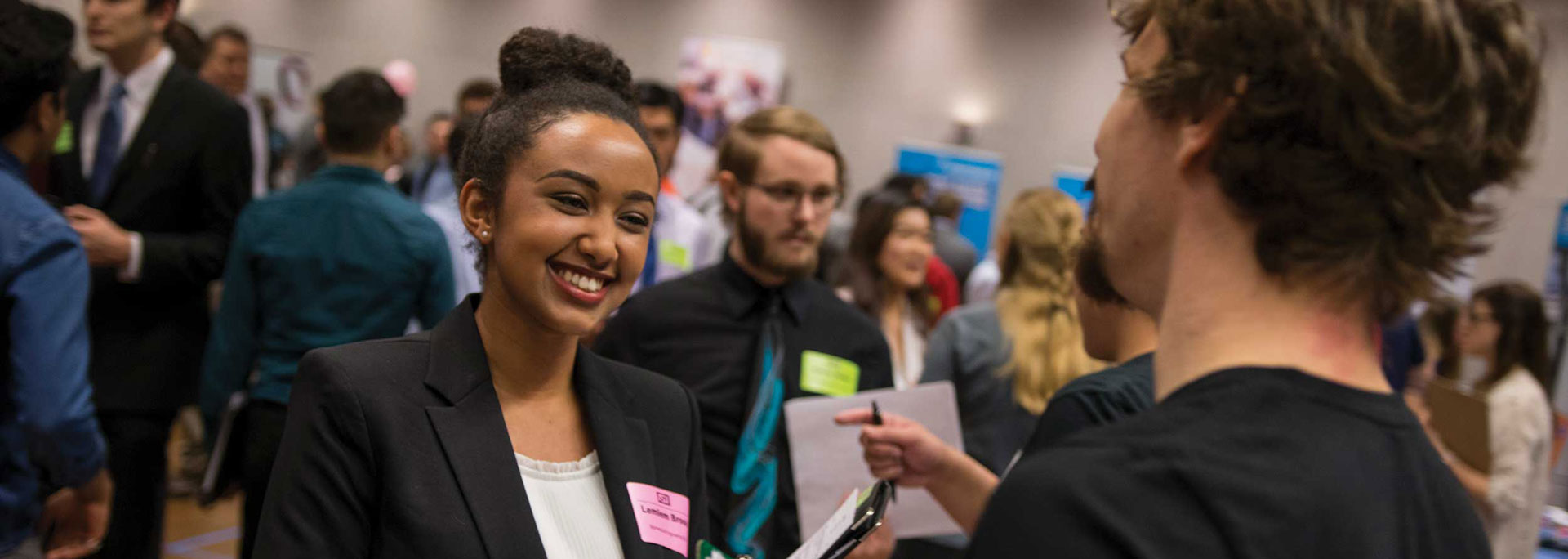In an era where space exploration is not just a government venture like NASA but a battlefield for the billionaire titans, the dynamics of aerospace employment are undergoing a profound transformation. At the heart of this seismic shift are SpaceX and Blue Origin, spearheaded by Elon Musk and Jeff Bezos, respectively. These private space firms are not only pushing the boundaries of human space exploration but are also reshaping the landscape of aerospace careers with their aggressive recruitment strategies and attractive compensation packages.
This article delves into the burgeoning rivalry between these private entities and traditional aerospace stalwarts like NASA and Boeing, illuminating the challenges and opportunities that lie in the evolving space industry.

The New Guardians of the Galaxy: SpaceX and Blue Origin’s Ascendancy
SpaceX and Blue Origin are at the vanguard of a new space race, one that transcends the mere ambition of launching satellites or conducting lunar expeditions. Under the stewardship of Musk and Bezos, these companies envision a future where humanity’s presence in space is not just transient but permanent.
This audacious goal is mirrored in their recruitment ethos, aggressively courting the brightest minds in aerospace engineering with the promise of contributing to landmark projects like orbiting labs, moon landers, and even Martian colonies.
The allure of these private firms is underscored by their financial clout, offering starting salaries for aerospace engineers that significantly surpass those of their public sector counterparts. SpaceX flaunts a starting salary range of $95,000 to $115,000, a stark contrast to NASA’s offerings, which adhere to the more modest General Schedule pay scales of the federal government.
This discrepancy highlights the challenge NASA faces in attracting talent, despite its revered legacy in space exploration.

The Cost of Innovation: The Work Culture at SpaceX and Blue Origin
However, the glittering prospects of working at SpaceX or Blue Origin come with their own set of challenges. The pursuit of groundbreaking projects often requires a relentless work ethic, with employees sometimes working upwards of 80 or 90 hours a week.
The culture at these startups, driven by their mercurial leaders, demands a level of commitment that can teeter on the brink of burnout. While these positions offer a chance to be at the forefront of space innovation, they also pose significant demands on mental and physical health, leading some to reconsider the appeal of more traditional aerospace roles.
Catch up on our live Q&A sessions from #BSW24! Dive into polar science, space industry careers, and satellites with our inspirational speakers. Each 15 min session is the perfect bitesize length for your classroom 🚀
Sign-up for free to watch on-demand: https://t.co/FeYQm69geF. pic.twitter.com/ND7PIkofir
— STEMLiveLessons (@STEMLiveLessons) March 22, 2024
The Old Guard: NASA and Boeing’s Counteroffer
In contrast to the high-octane environment of SpaceX and Blue Origin, NASA and companies like Boeing offer a more balanced proposition.
Despite their inability to match the salaries of private firms, these institutions emphasize a stable work-life balance, comprehensive benefits, and the opportunity to contribute to programs with historical significance and proven impact.
Despite the magnetic pull of the private sector’s lofty ambitions and deep pockets, this appeal to a sense of legacy and the promise of a more sustainable career path remains a potent draw for many.

As the global space economy is poised for explosive growth, the demand for aerospace engineers is expected to soar, with the Bureau of Labor Statistics projecting a 6% growth from 2022 to 2032. This burgeoning demand highlights the diverse pathways available to aerospace professionals, each with its own set of rewards and challenges.
Whether opting for the pioneering spirit of SpaceX and Blue Origin, the storied legacy of NASA, or the diversified offerings of firms like Boeing, aerospace engineers stand at the threshold of an unprecedented era in space exploration.
The space industry’s evolution from a government-dominated realm to a vibrant landscape of public-private partnerships signifies a broader shift in how we approach the final frontier. As the lines between the old guard and the new pioneers blur, the aerospace sector promises a future where the sky is not the limit but just the beginning.
The choice between chasing the buzz of innovation or the allure of legacy is more than a career decision—it’s a chance to define the future of humanity’s place in the cosmos.










